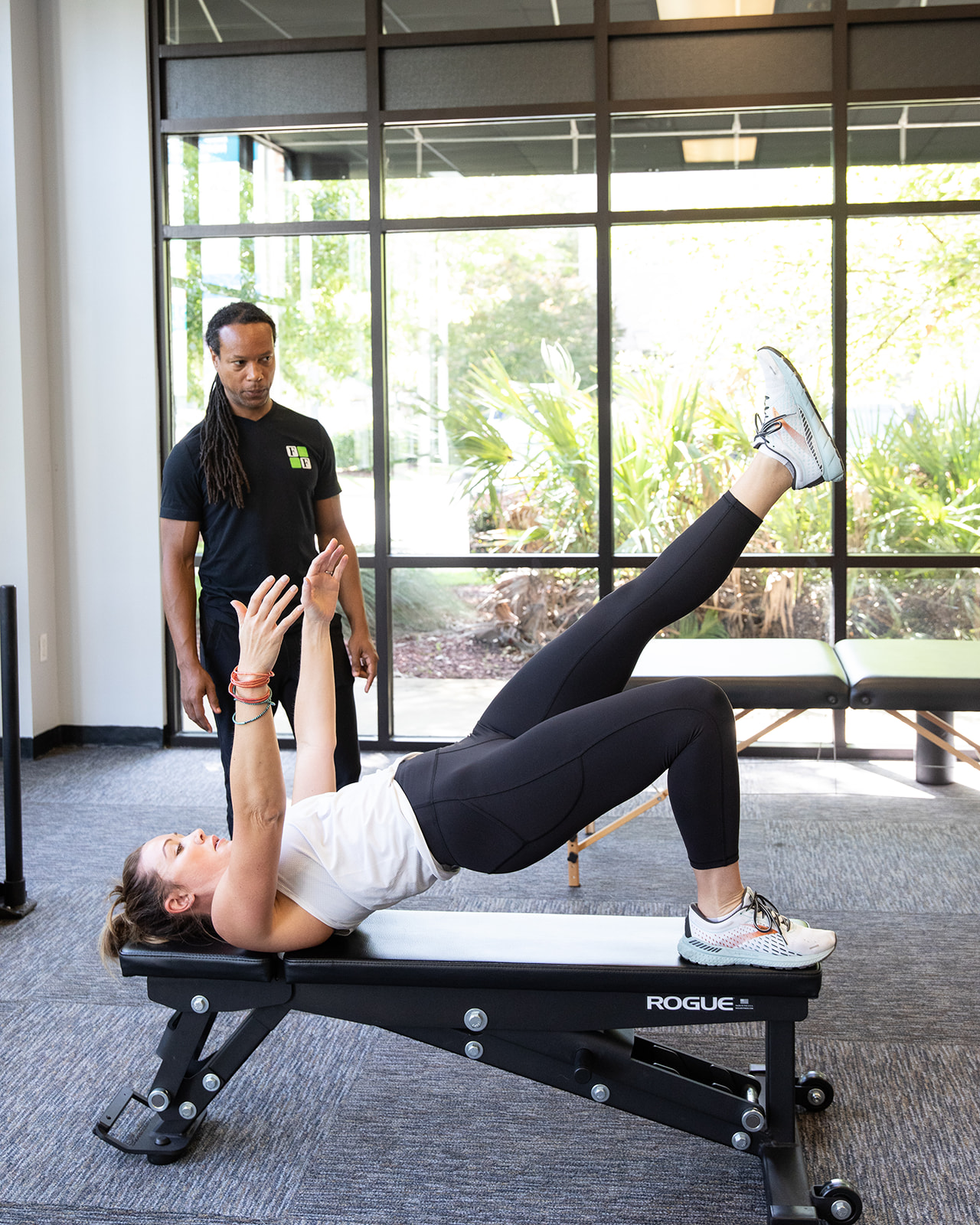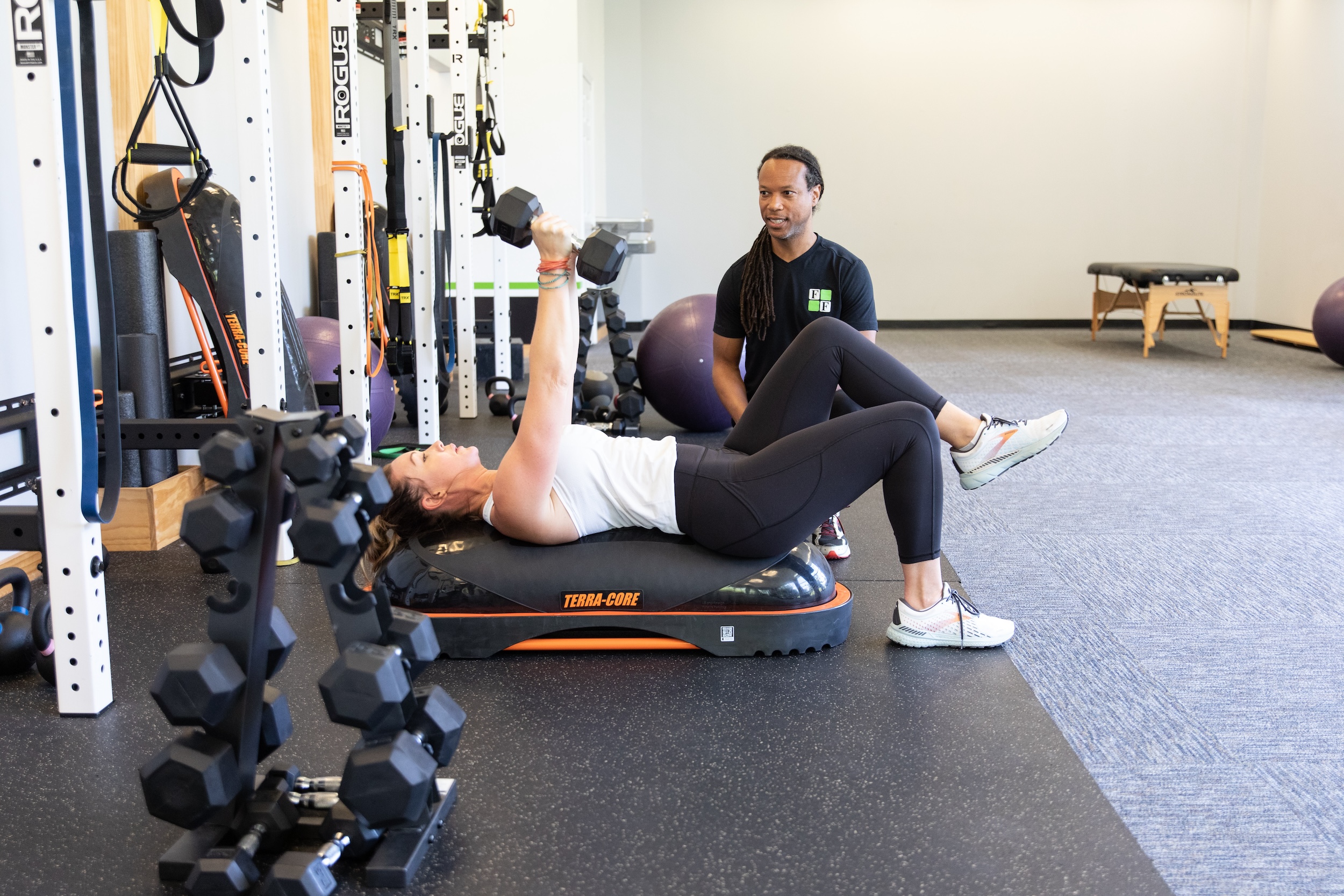December 29, 2023
Muscle Cramps are a Pain!
Muscle cramps are sudden, involuntary contractions of one or more muscles. They can be quite painful and cause temporary immobility. Cramps commonly occur in the legs, particularly in the calf muscles, but they can also affect other areas such as the arms, feet, and hands.
There are several possible causes of muscle cramps, including:
- 1
Dehydration: Lack of fluids in the body can lead to muscle cramps, especially during vigorous exercise or in hot weather.
- 2
Electrolyte imbalances: Low levels of certain minerals such as potassium, calcium, and magnesium can disrupt the normal functioning of muscles, increasing the likelihood of cramps.
- 3
Overuse or muscle fatigue: Overworking a muscle or staying in one position for a prolonged period can cause cramps. This often happens during exercises or activities that require repetitive movements or excessive strain.
- 4
Muscle injuries: Straining or injuring a muscle, such as a pulled muscle, can lead to cramps in the affected area.
- 5
Nerve compression: Nerves that control muscle movements can become compressed or irritated, causing the muscles to cramp.
- 6
Medical conditions: Certain medical conditions like peripheral artery disease, liver disease, kidney disease, diabetes, or thyroid disorders can increase the risk of muscle cramps.
- 7
Medications: Certain medications, such as diuretics, which increase urine production, and certain cholesterol-lowering drugs, can cause imbalances in electrolytes leading to cramps.

Preventing muscle cramps involves staying hydrated, maintaining a balanced diet, stretching regularly, avoiding overuse or excessive strain on the muscles, and addressing any underlying medical conditions. In some cases, supplements or medications may be prescribed to alleviate cramps or correct any mineral imbalances.
If you experience frequent or severe muscle cramps without an obvious cause, it’s important to consult a healthcare professional to rule out any underlying conditions and determine the appropriate treatment or prevention methods.
Share
by Kimberly Jenkins
Share
Many of us know and understand the importance of physical therapy. But what isn't as common of knowledge is that it is important to be completely ready before [...]
Have you been working out for months, or even years, without seeing the amount of progress or change you had hoped for? This is a common issue a [...]
What is Pilates and why should you try it? The benefits of Pilates are: Increased Strength & Flexibility: Pilates creates a mind-body connection working multiple muscles throughout the entire body [...]




